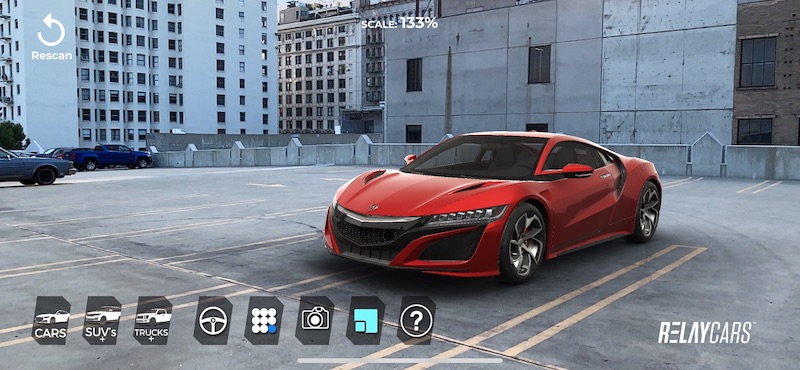
A Brand New Startup Has Managed to Raise $50 Million for Vehicle Holograms
Envisics might be a little-known company, but what it lacks in recognition, it makes up for in funds that are backing a pioneering sector of the car manufacturing industry.
This small startup has raised $50 million from various investors, including General Motors Ventures and Hyundai Mobis, to use technology that it has developed in future vehicles.
The technology in question is called augmented reality, and it says that it can produce visuals that look like they’re right in front of the car. This technology could be used in future vehicles to see pedestrians, as well as stationary vehicles. It will also help self-driving cars point out specific obstacles and hazards so that a human driver can take control again.
The information on potential dangers when driving can be painted on top of reality, explains Envisic’s CEO and founder Jamieson Christmas.
More Than Just a Projected Image
It seems that the automobile industry is seeing improvements as a result of technology from all angles. Augmented reality vehicle technology is also being used to give potential car owners a glimpse of their dream car online without leaving the house.
They can see every last detail of the car, and they can imagine it in their own driveway – all without having to see it in person or take it for a test drive.
Technology like this has been in the works for a while and seems poised to introduce more and more into future models. Some vehicles today can already project certain images onto the windshield so that you can see information, including turn by turn directions and speed limit. Some models even offer a warning when drivers are driving out of their lane.
However, the system that Envisic intends to use its funding for is completely different. Instead of projecting images that will ultimately be 2D, they want to use holographics that can delay beams of light as well as utilize certain algorithms.
This way, the technology can work out how light moves through space, offering up a 3D pattern that ricochets off the windshield as if it’s out there on the other side of the glass. Christmas explains that the goal is to be able to project images from as far as the horizon, and as close as just 20 meters away.
A Long Way to Go
While this might sound like something that could be implemented by Christmas, especially with the funding that they’ve received, the reality is that the road ahead is difficult and fraught with challenges. While it might already be in over 200,000 vehicles, the prototype is a lot cruder from the ideal, and it can only project information like the speed in front of the driver.
After a couple of failed startups and a few sales that didn’t take the technology anywhere, automakers began to show a bit of interest. Envisics began to demonstrate its technology at trade shows in 2019, and the general feedback was positive.
This is why Christmas decided to go for the second round of investment, but this time he brought the automotive industry into the game. He believes that if these companies get in early, they can play a vital role in helping him develop the technology further so that it can work with their makes and models.
Future Looking Bright
He believes that automakers are seeing the technology for what it is – unique and valuable. However, the advanced technology isn’t just going to be reserved for investors.
Christmas says that the startup is already in talks with as many as 11 potential partners, and it will also begin to appear in many different SUVs within just a few years. He continues by saying that they are also working on a version of the technology that can go into smaller cars as well.
